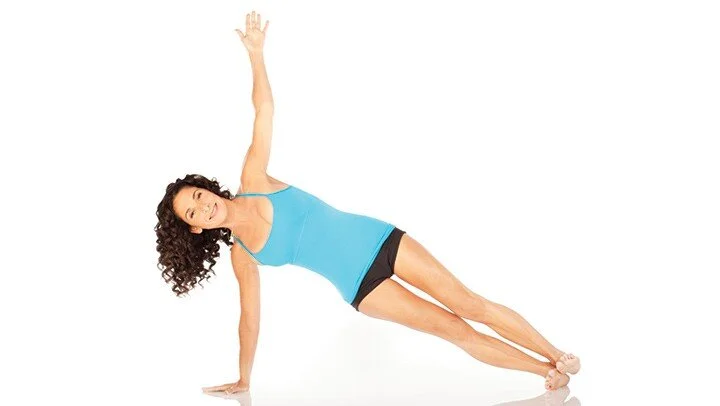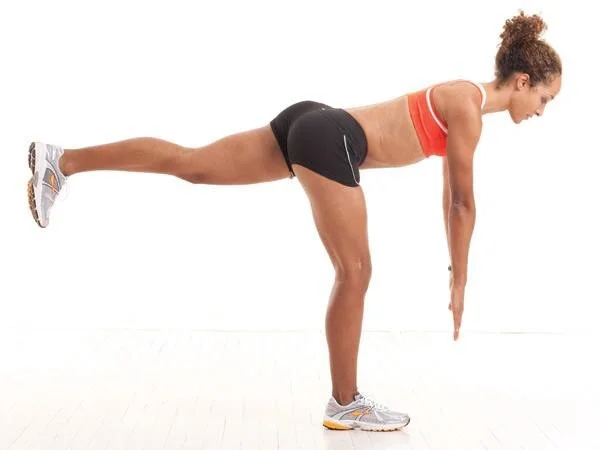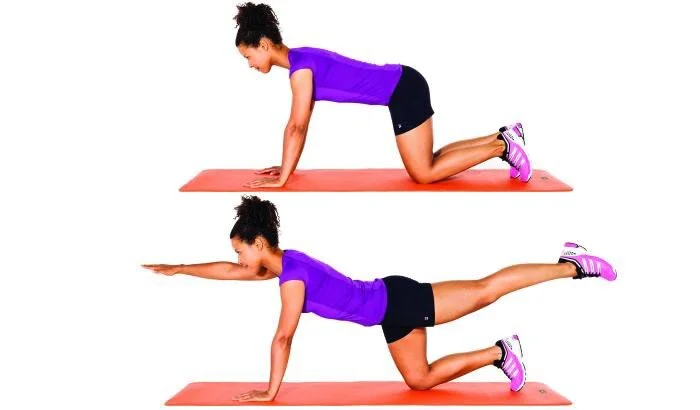5 key exercises for long-distance runners
Making sure that you take steps to injury-proof your body should form a key part of your running training. Of course as a runner it’s not entirely necessary that you need to be piling on the weights in your workouts and letting out aggressive grunts and roaring along with the muscle men in the weights section (if this is your thing, however, feel free to continue!). However, a small amount of strength and conditioning work can go a long way in helping your body to better adapt to the stress of running long distances. The following exercises are some that I include regularly in my clients’ training programmes. All of them require little or no equipment so they are easy to do in the gym or as a mini circuit at home after a run. No excuses!
Side plank
All images used from various sources via Google images.
This exercise strengthens your lateral core stabilisers to improve the stability of your spine, pelvis and hips when running. Lie on your side with your legs straight and your ankles together. Prop your torso up with your upper arm. Lift your hips upward until your body forms a straight line from your ankles to your neck. Hold this position for 30 seconds, making sure that your hips don’t drop towards the floor. (If you can, check out your body position in a mirror to make sure that you’re not allowing your hips to sag!) Switch to the other side and repeat the exercise.
2. Glutes bridge
This is a great exercise to strengthen your glutes and hamstrings. Lie on your back with your knees bent at 90 degrees and your feet flat on the floor. Squeeze your glutes and lift your hips until your body forms a straight line from your neck to your knees. Hold this position for 5–10 seconds, remembering to keep your glutes switched on. Return to the start position and repeat for up to 10 repetitions.
For a progression on this exercise you can add a barbell weight that rests on top of your hips, giving them some resistance to work with as you raise them up towards the ceiling.
Another alternative is to do single leg glute bridges.
3. Single leg dead lift
This exercise works the hamstrings and glutes to help improve the power in your stride, as well as challenging your core stability and balance. Stand on one leg, keeping a slight bend in the knee. Keeping your head up and your back straight, hinge forward at the hips. Your non-standing leg should lift up behind you. Keep the hip and knee of the lifted leg extended throughout the movement. Return to the start position and repeat the movement for 10 repetitions on each leg. If you want a further challenge you can hold some dumbbells, kettlebell or barbell for added resistance.
4. Step up drives
Step ups are a fantastic exercise for improving the strength of your glutes, hamstrings and quadriceps, whilst again helping to improve the power in your stride and increasing the flexibility in those tight hip flexors! Stand facing an exercise bench or step (one that is around 30–40cm high is probably best). Step onto the bench with your left foot. Using your left leg to assist you, drive your right leg off the floor and drive the knee high, so that you assume an exaggerated running position on top of the step. Return to the starting position and repeat for up to 10 repetitions on both legs.
A progression for this exercise would be to step onto a powerplate with the settings at 40:60:LOW.
5. Supermans
This is a great exercise for strengthening your back and core muscles to help improve the stability of your spine, pelvis and hips when running. Start on all fours. Squeezing your glutes and keeping your core muscles switched on, slowly extend one leg and the opposite arm. Keep the back and the hips level. Return to the starting position with control and repeat using the other arm and leg. Aim for 5–10 repetitions on each side.
Note: the temptation with this exercise is to raise the leg quite high, but try and keep it level with your extended arm.
For a progression on this exercise, as you return to the central position drive the extended arm’s elbow to meet your extended leg’s knee underneath your body. Make sure those core muscles are still switched on! Repeat on the other side.
I hope I’ve given you some ideas to help you become a stronger, more injury proof long-distance runner. Happy running!





